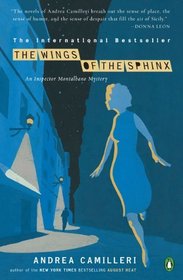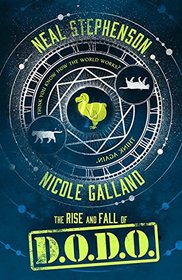Gold Comes in Bricks by Erle Stanley Gardner writing as A.A. Fair
Review by Matt B. (BuffaloSavage)
1940 saw publication of the third of 29 novels starring PI’s Donald Lam and Bertha Cool. Like Laurel and Hardy, the partnership features the shrimpy mellow one and the stout irritable one.
This mystery opens with the slight Lam taking lessons in the martial arts at the behest of his employer Cool, who likes her tobacco, liquor, steaks, and comfort. She thinks he needs some toughening up in order to avoid getting beaten up on the job.
The client Henry Ashbury is concerned about his independent-minded daughter’s burning through his money. He hires Cool and Lam to look into the girl’s financial dealings with iffy friends. So that the daughter will not be suspicious as to why Lam is in the house, he is to pose as Ashbury’s personal trainer.
It’s a dumb plan, but miser Cool is mesmerized by the big bucks to be earned by Lam. Dubious Donald follows his instincts and really shakes the tree. He uncovers a complex situation involving fraud, blackmail, and murder. As is usual in the Cool and Lam books, they make the situation worse until they grift the grifters and narrowly escape being arrested for being Pains in the Neck in the First Degree.
The strain between thinking machine Lam and bull in the china shop Cool is as funny as Cool’s smarmy concern over Lam’s love life. Women inevitably fall in love with Lam for his gentlemanly respect and willingness to listen without judging. So Cool is concerned that Lam will end up in romantically deep waters and lose his focus which she thinks he must dedicate to working for her.
It’s a hoot. You get the feeling when Gardner was writing Mason stories he was getting satisfaction from getting all the puzzle pieces into place. But when he was writing Cool and Lam he was having fun.







